Completed in 1910, this fantastic, undulating
apartment block, with its out-of-this-world roof and delicate wrought
ironwork, is one of the most emblematic of all Gaudí’s works. La Pedrera
(the Stone Quarry), also known as Casa Milà, was Gaudí’s last great
civic work before he dedicated the rest of his life to the Sagrada Família.
Restored to its former glory in 1996 after years of decay, La Pedrera
now contains a museum dedicated to the architect, the exhibition centre
of the Caixa de Catalunya, a furnished museum apartment, as well as
private residences. What makes La Pedrera so magical is that every last
detail, from door knobs to light fittings, bears the hallmark of Gaudí’s
visionary genius.
|
The Espai Gaudí (attic), El Pis
(fourth floor) and the rooftop are all accessible by lift. The
Temporary Exhibition Room is located up the staircase from the Pg de
Gràcia court-yards, staircases and shops are accessible from the
entrance on the corner of Pg de Gràcia and C/Provença.
|
|
During the summer months, a
terrace bar on the roof (9pm– midnight Fri & Sat) allows visitors to
enjoy a drink and live music amid the spectacular surroundings.
Reservations essential .
|
|
Top 10 FeaturesFaçade & Balconies Defying
the laws of gravity, La Pedrera’s irreverent curved walls are held in
place by undulating horizontal beams attached to invisible girders.
Intricate wrought-iron balconies are a perfect example of the artisan
skill so integral to Modernisme.
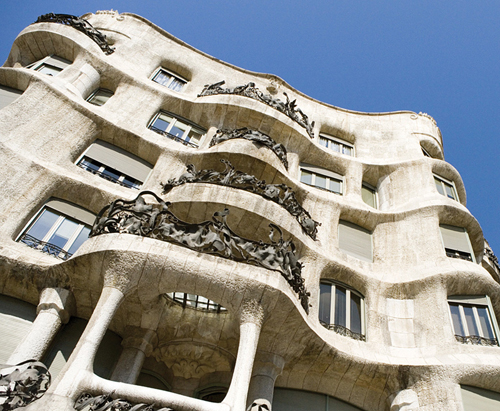
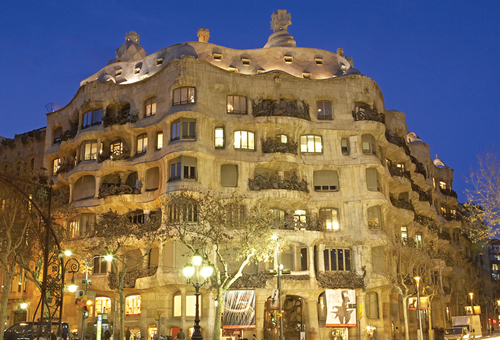
Façade, La Pedrera
Roof The
strikingly surreal rooftop sculpture park has chimneys resembling
medieval warriors and huge ventilator ducts twisted into bizarre organic
forms; not to mention good views over the Eixample.

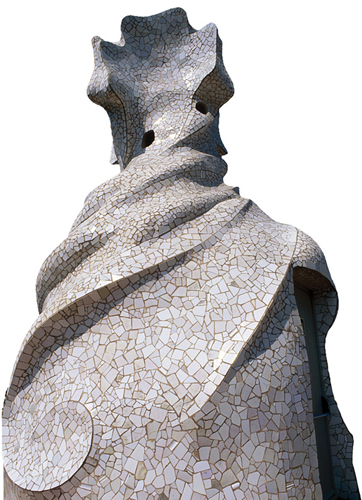
Espai Gaudí A
series of drawings, photos, maquettes and multimedia displays helps
visitors grasp Gaudí’s architectural wizardry. The museum is housed in
the breathtaking, vaulted attic with its 270 brick arches forming
skeletal corridors. El Pis de La Pedrera This furnished Modernista
flat decorated with period furniture, is a reconstruction of a typical
bourgeois flat of late 19th-century Barcelona. It provides an engaging
contrast between the staid middle-class conservatism of the era and the
undeniable wackiness of the outer building itself.
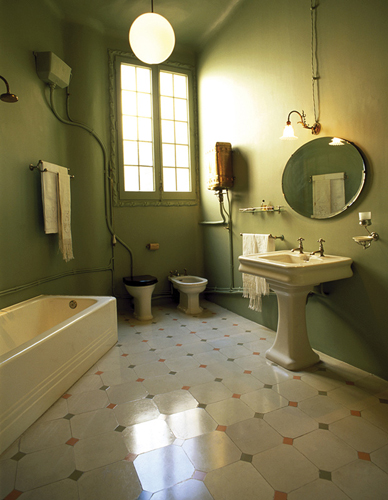
Interior Courtyard C/Provença A
brigade of guides takes a multitude of visitors through here each day. A
closer inspection of this first courtyard reveals its beautiful mosaics
and wall paintings lining a swirling, fairytale staircase. Gates The
mastery involved in these huge, wrought-iron gates reveals the
influence of Gaudí’s predecessors – four generations of artisan
metal-workers. The use of iron is integral to many of Gaudí’s buildings. Temporary Exhibition Room This
gallery space, run by the Caixa de Catalunya, holds regular free art
exhibitions. It has shown work by Marc Chagall, Salvador Dalí, Francis
Bacon and others. The ceiling looks as if it has been coated with
whisked egg whites.
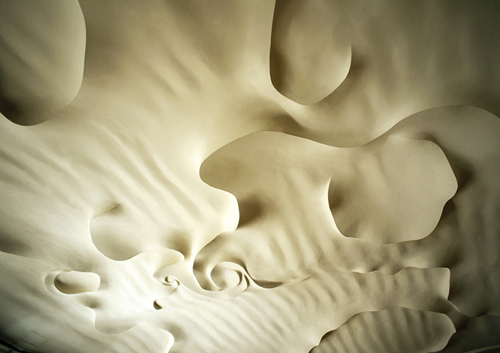
Interior Courtyard: Pg de Gràcia Like the first courtyard, here, too, is a grand, ornate staircase. This one is adorned with a stunning, floral ceiling painting.
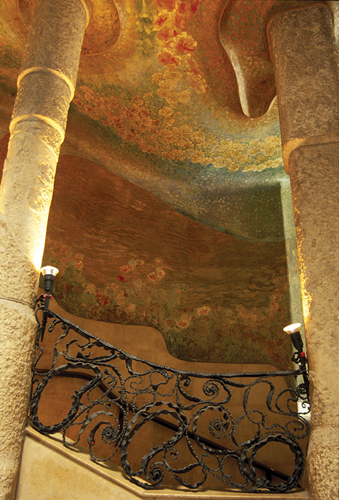
Auditorium The
auditorium, housed in the basement, hosts regular events such as
conferences and concerts. The adjacent garden offers visitors a pleasant
glimpse of greenery. La Pedrera Shop A wide range of Gaudí-related memorabilia includes replicas of the warrior chimneys in ceramic and bronze.
|